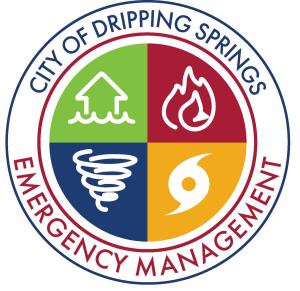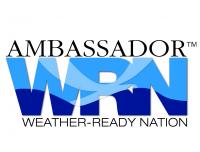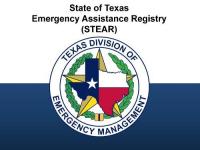Emergency Management

All residents and businesses who have damage due to the ice storm should report the damage to the Texas Division of Emergency Management via their Damage Survey. To self-report residential or business property damage, use the link below to the iSTAT portal. Here you can upload photos of any damage, including downed trees and fallen limbs that caused other damage to your property. Damage may include but is not limited to broken fences, broken windows, damaged equipment and furniture, damaged vehicles, etc.
Please note that reporting damages to Emergency Management is a voluntary activity, is not a substitute for reporting damage to your insurance agency, and does not guarantee disaster relief assistance. This is to gather information.
There are instructional videos on the site as well.
Please report damage here: https://damage.tdem.texas.gov/.

Emergency management is a comprehensive system to respond to emergencies or disasters impacting the City and its Extraterritorial Jurisdiction (ETJ). The mission of the City of Dripping Springs Office of Emergency Management (DSOEM) and the Emergency Management Commission is to coordinate activities of the City departments responsible for continued operations during disasters, coordinate agreements for the use of resources, communicate with State and Federal agencies, and provide education and training to citizens and municipal employees.
EMERGENCY MANAGEMENT ENCOMPASSES:
PREVENTION/MITIGATION
The first phase in emergency management is Prevention/Mitigation. Prevention is the action taken to decrease the likelihood that an event or crisis will occur. Mitigation is the action taken to eliminate or reduce the loss of life and property damage related to an event or crisis, particularly those that cannot be prevented.
PREPAREDNESS
Activities such as planning, training, public education, and outreach to create awareness of potential dangers and increased readiness in our community.
RESPONSE
Use of available resources to meet the needs of the community when disaster strikes. Depending on the severity of the disaster, this can include local, county, State, and Federal resources, to include fire and EMS services, public works, and law enforcement.
 RECOVERY
RECOVERY
The long range support of restoring the community to pre-disaster conditions. This phase includes damage assessments to public and private property, as well as social services to assist citizens. The length of the recovery phase depends on the magnitude of the disaster.
The City of Dripping Springs is Proud to be a Weather Ready Nation Ambassador
State of Texas Emergency Assistance Registry (STEAR)
 Do you or anyone you know need some assistance during times of an emergency event? The state of Texas presents the STEAR program. The STEAR program is a free registry that provides local emergency planners and emergency responders with additional information on the needs in their community. Texas communities use the registry information in different ways. Registering yourself in the STEAR registry DOES NOT guarantee that you will receive a specific service during an emergency, but it will help the City of Dripping Springs Emergency Management if they know of your needs should an emergency event occur.
Do you or anyone you know need some assistance during times of an emergency event? The state of Texas presents the STEAR program. The STEAR program is a free registry that provides local emergency planners and emergency responders with additional information on the needs in their community. Texas communities use the registry information in different ways. Registering yourself in the STEAR registry DOES NOT guarantee that you will receive a specific service during an emergency, but it will help the City of Dripping Springs Emergency Management if they know of your needs should an emergency event occur.
- You can download more information here: STEAR
- For compete information, go to State of Texas Emergency Assistance Registry.
- To register, go here.
If you have questions from a local standpoint regarding the STEAR registry, contact Dripping Springs Emergency Management at 512-858-4725
Staff Contacts
| Name | Title |
|---|---|
| Roman Baligad | Emergency Management Coordinator |
